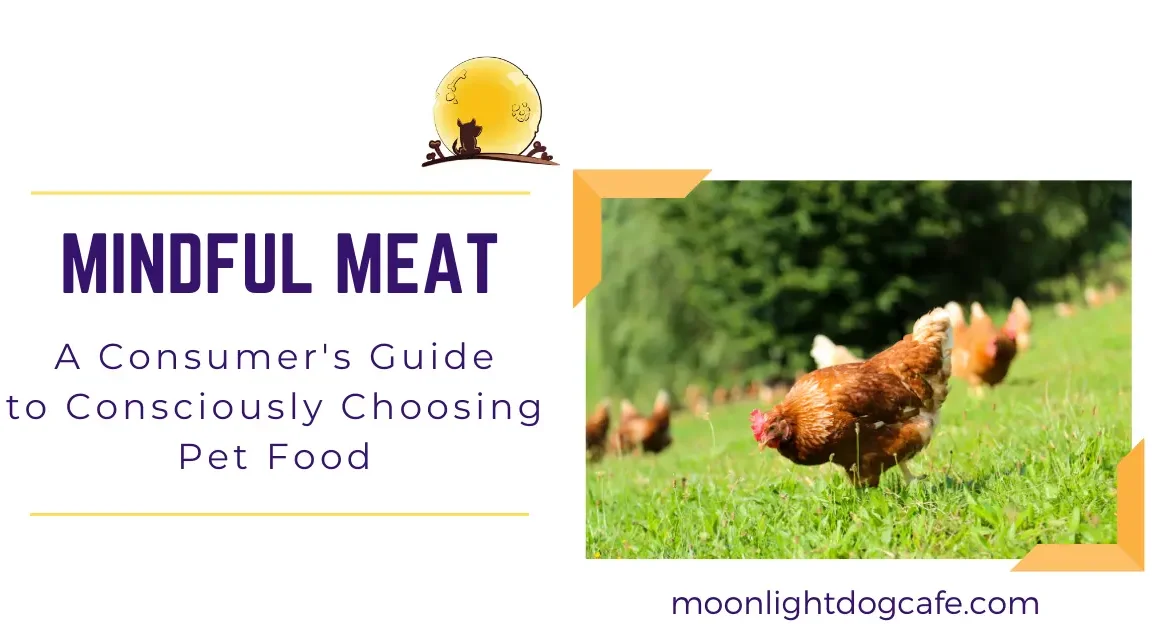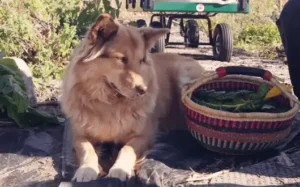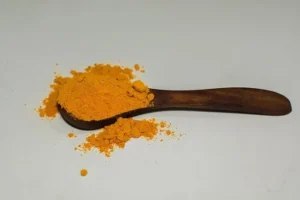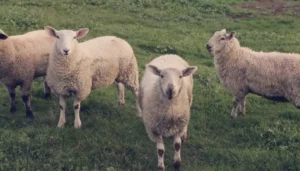
Mindful Meat: A Consumer’s Guide to consciously choosing Pet Food
10 tips for Consciously Choosing Pet Food to feed your dog or cat
Making decisions on what to feed our furred family has never been more complicated. With seemingly endless options, we are faced with the task of finding foods that nourish our companion animal’s individual needs without breaking the bank. As conscious consumers we have the power to create great change in our world by consciously choosing pet food. I offer the following “Top 10” considerations to help guide you in choosing pet food.
10) Consider the Carbon:
Whether you’re concerned about climate change or air quality, locally produced foods travel shorter distances. Thereby contributing fewer emissions and creating a much smaller carbon footprint then foods with globally sourced ingredients.
9) Be Waste Wise:
Choosing packaging that is compostable /biodegradable means less garbage. This is not only better for your household, but our oceans and all the life they contain and sustain. Also remember: Pretty Packaging ≠ Good Food. The cost of creating an eye catching commercial product can greatly influence the price you pay for it.
8) Opt for Organic:
Antibiotic resistant bacteria and the emergence of “superbugs,” may be the biggest public health crisis our world currently faces. Certified Organic, while not without its limitations, generally means no antibiotics, artificial hormones, insecticides, pesticides or herbicides have been used. Names which literally translate to no (anti) life (bios); insect-/plant- (herb) killers (-cides), should clearly be used with caution. From Round-up residues in commonly consumed foods to the devastating loss of pollinating insects, to chose organic says, you do not support the indiscriminate and widespread use of powerful pharmaceuticals and agri-chemicals in our food production systems. 
7) Support Sustainable:
While not always ‘certified organic,’ any practices, which preserve soil integrity, conserve fresh water; increase biodiversity and care for clean air are steps in the direction. We need to head this way, if we are to preserve and protect life on this planet. Explore Permaculture/Biodynamic/Spray-free/CSA as options.
6) Look Local:
Buying locally-produced foods boost the local economy while supporting small-scale family farms. It also creates jobs in local processing and distribution systems.
Processing food animals on the farm or in the communities they were raised means they are not subject to the stress and danger of long distance transportation.
Many animals raised in BC are shipped hundreds of kilometers for finishing in crowded and unsanitary Confined Animal Feeding Operations. They are then processed in horrifying large-scale assembly line facilities. Choosing local also helps create food security in our communities. This adds to the resilience of a region, should outside food sources be shut down.
5) Processing Perspectives:
Be discerning, but don’t necessarily be scared of “by-products” of the human food processing industry. Utilizing all parts of the animal is not only waste wise, but shows respect for the life that was given to feed others.
While the thought of fur, feet, lung and tongue is likely revolting to most readers, I assure you, your pet does not feel the same way.
Many animal parts that are often discarded from the human food chain can be potent sources of vital nutrients to our carnivorous companions. For example, manganese deficiency has recently been linked to the huge number of cranial cruciate ligament tears occurring in dogs. This essential mineral is found in highest quantity in the fur, feathers, wool and skin of prey animals.
4) Respect Real:
Synthetic vitamins and minerals, like chemical fertilizers, are not the same as the “real thing.”
Choosing real foods recognizes the wisdom of thousands of years of co-evolution between animals, the foods they eat and the microorganisms that help make it all possible. Whole foods contain a variety of nutrients that operate synergistically in the body for absorption across the intestinal wall, while the living ecosystem inside our pet’s digestive tract (the microbiome) assists in their digestion. A similar relationship exists between plants, the soil, and microorganisms. Unfortunately, many of the fruits, vegetables and grains being grown today are not as nutriti ous as they used to be. Current industrial agriculture practices, which erode, deplete and kill the natural microbes of soil, use synthetic fertilizers (nutrients) to grow food. Yet these foods are being shown to be nutrient deficient. Closely mirroring this, the consumption of highly processed fake foods, along with the overuse of antibiotics, has resulted in a large number of pets (and their people) being plagued with damaged digestive tracts and a loss of biodiversity in their normal gut bacteria. Consequently, they are not properly digesting and absorbing the nutrients available to them. Synthetic supplements are often considered the answer to this predicament. Yet if our foods are becoming depleted with the use of synthetics fertilizers, could this also be true of pets and people with the use of synthetic vitamins and minerals? Probiotics and digestive enzymes can go a long way to help. Providing a wide variety of foods also very important. There are a number of great supplements, made from whole foods that can be used to help meet your furry family member’s nutrient needs.
ous as they used to be. Current industrial agriculture practices, which erode, deplete and kill the natural microbes of soil, use synthetic fertilizers (nutrients) to grow food. Yet these foods are being shown to be nutrient deficient. Closely mirroring this, the consumption of highly processed fake foods, along with the overuse of antibiotics, has resulted in a large number of pets (and their people) being plagued with damaged digestive tracts and a loss of biodiversity in their normal gut bacteria. Consequently, they are not properly digesting and absorbing the nutrients available to them. Synthetic supplements are often considered the answer to this predicament. Yet if our foods are becoming depleted with the use of synthetics fertilizers, could this also be true of pets and people with the use of synthetic vitamins and minerals? Probiotics and digestive enzymes can go a long way to help. Providing a wide variety of foods also very important. There are a number of great supplements, made from whole foods that can be used to help meet your furry family member’s nutrient needs.
3) Go for Grass-fed/ Prefer Pasture-raised:
Species appropriate nutrition is important not only for cats and dogs, but also cows and chickens. Multiple studies have shown that meat from animals raised in natural environments consuming the foods they evolved eating is more nutritious. Containing significantly higher levels of the good fats, like anti-inflammatory Omega 3 Fatty Acids and cancer fighting Conjugated Lineolic Acid, pasture raised animals also tend to be higher in a number of antioxidants.
 Beyond this, animals raised on pasture are not exposed to the overcrowded, unsanitary, disease promoting conditions of “Factory Farms.” Thus, making them less likely to contain antibiotic resistant bacteria. Awareness raised through the #metoo campaign begs we also speak up for the choice-less, voiceless suffering various forms of abuse in animal agriculture systems across the globe. Choosing meat products from ethical sources says you support the humane treatment of ALL animals.
Beyond this, animals raised on pasture are not exposed to the overcrowded, unsanitary, disease promoting conditions of “Factory Farms.” Thus, making them less likely to contain antibiotic resistant bacteria. Awareness raised through the #metoo campaign begs we also speak up for the choice-less, voiceless suffering various forms of abuse in animal agriculture systems across the globe. Choosing meat products from ethical sources says you support the humane treatment of ALL animals.
2) Start Simple:
Each animal is an individual and there is no one size fits all in nutrition. Many pets suffering with chronic conditions such as skin disease have experienced extreme shifts in wellness solely by switching to a simple, ‘novel’ protein, raw food diet. This isn’t possible for all pets. Simply adding bone broth to the diet can also make a big difference in health. High in protein and rich in nutrients that boost the immune system, bone broth contains collagen, which works to heal the lining of the gut. In turn, this makes the absorption of other nutrients easier. Cats and dogs are survivors and have proven over the past century that despite being mostly meat eaters, many can live on almost anything for a relatively long time. Of course, just because they can doesn’t mean they should.
If you can swing it, most pets will thrive, not just survive, on a species appropriate raw food diet or some variation there of…
Above all else:
1) Feed with Love:
Choose the best you can and know the most nourishing ingredient you can provide your furry friend is Love. Add fresh air, clean water, plenty of time to run in the sun. Play or lay on the earth and you’ve set the foundation for a life of health and happiness.
Disclaimer: This article is for information purposes only and not intended to replace the advise of your veterinarian or trusted animal health care provider.



Hey, this is an awesome article!
It’s a good reminder that many of the tips for greening my dog’s diet are the same as doing so for humans.